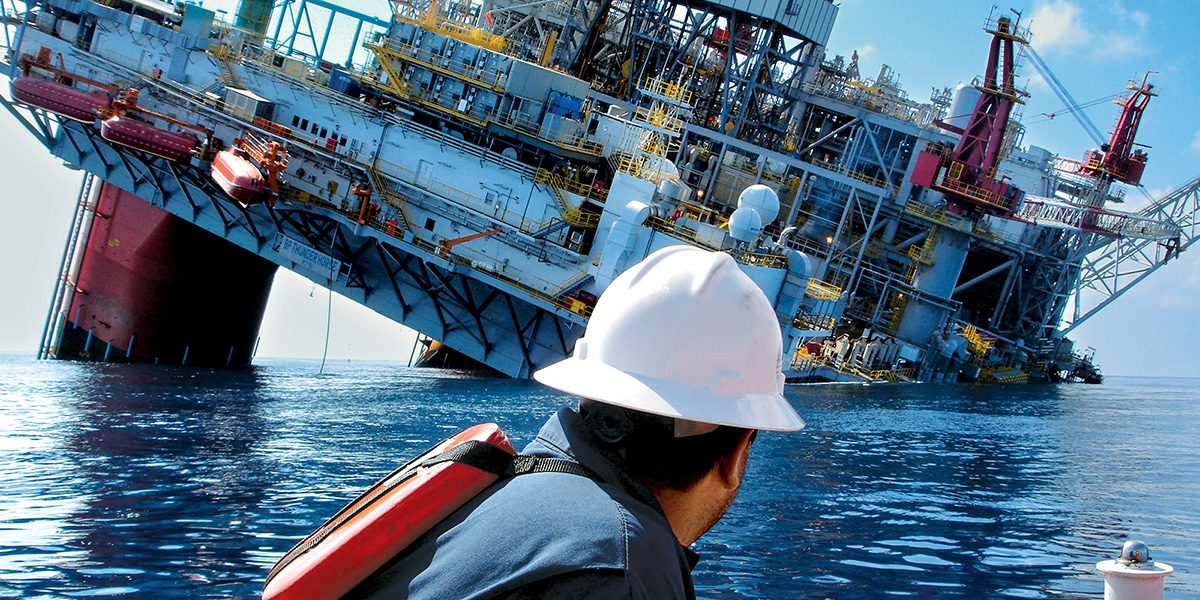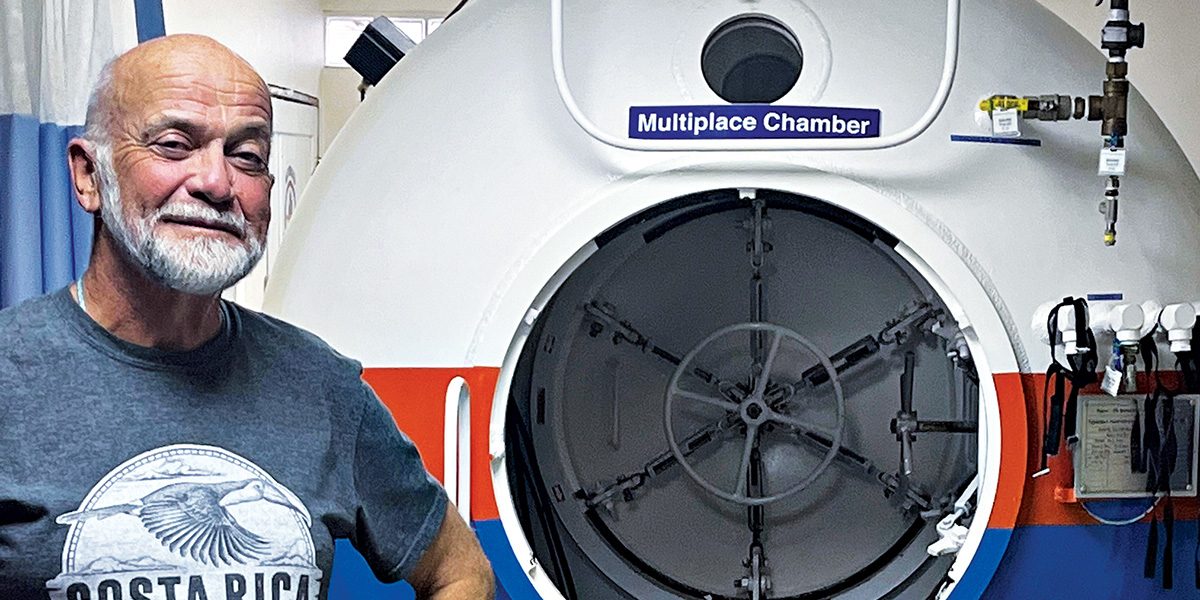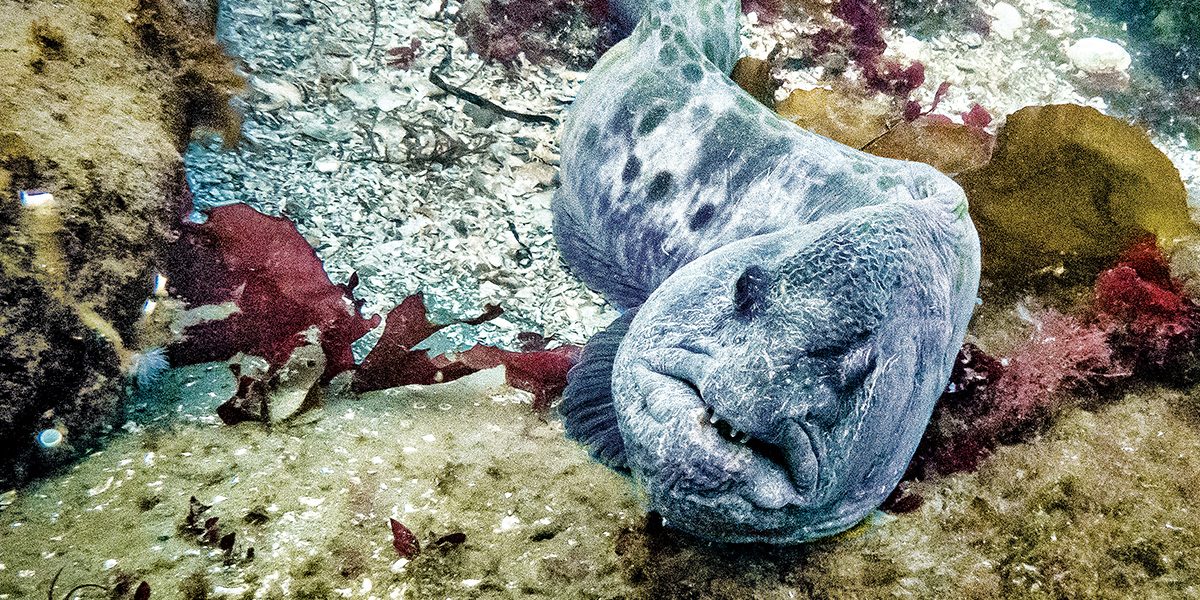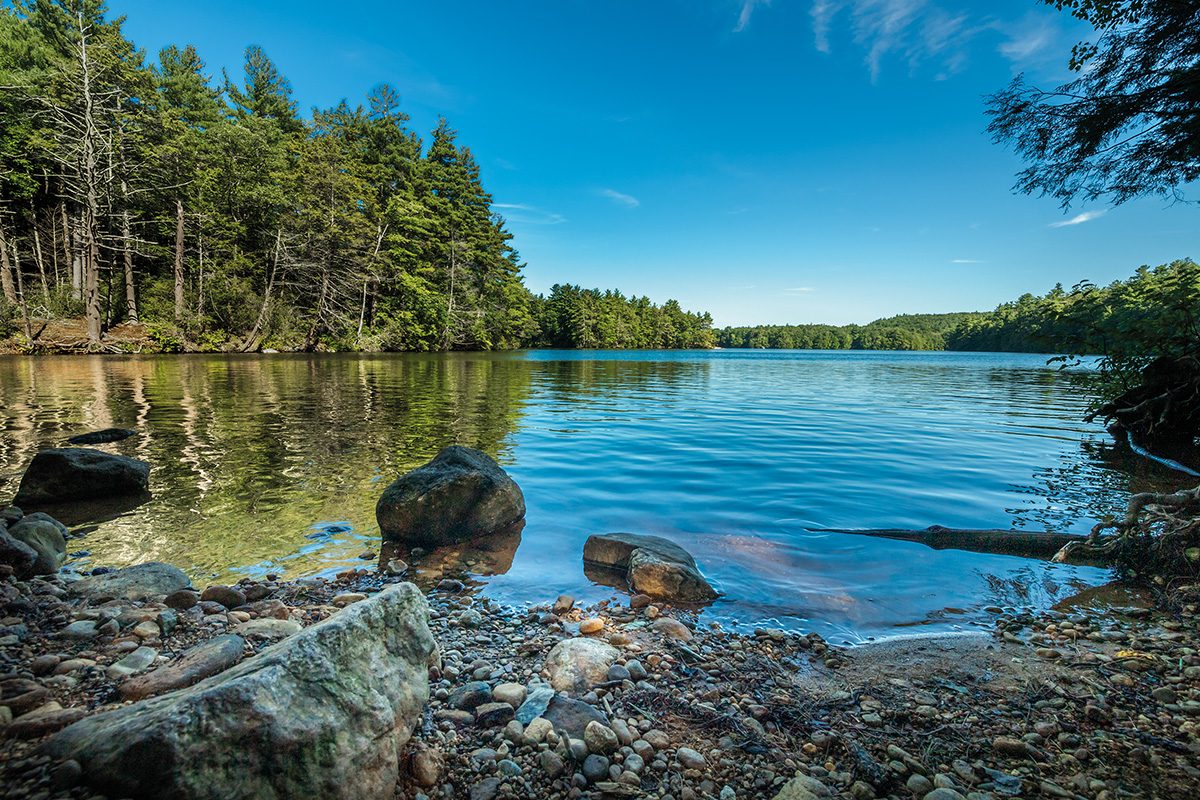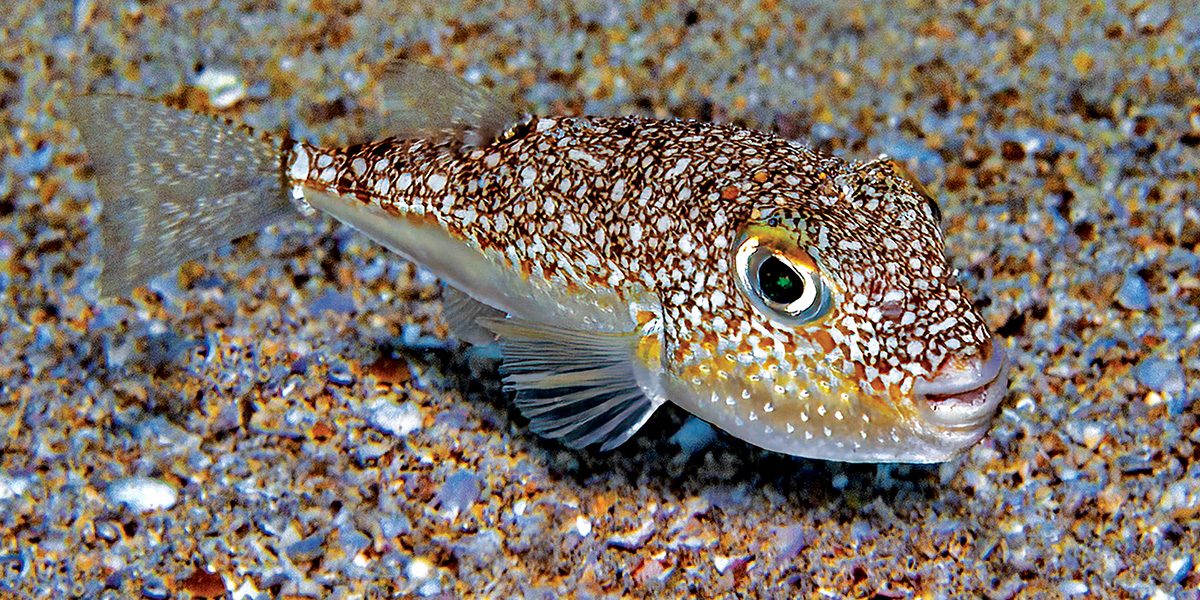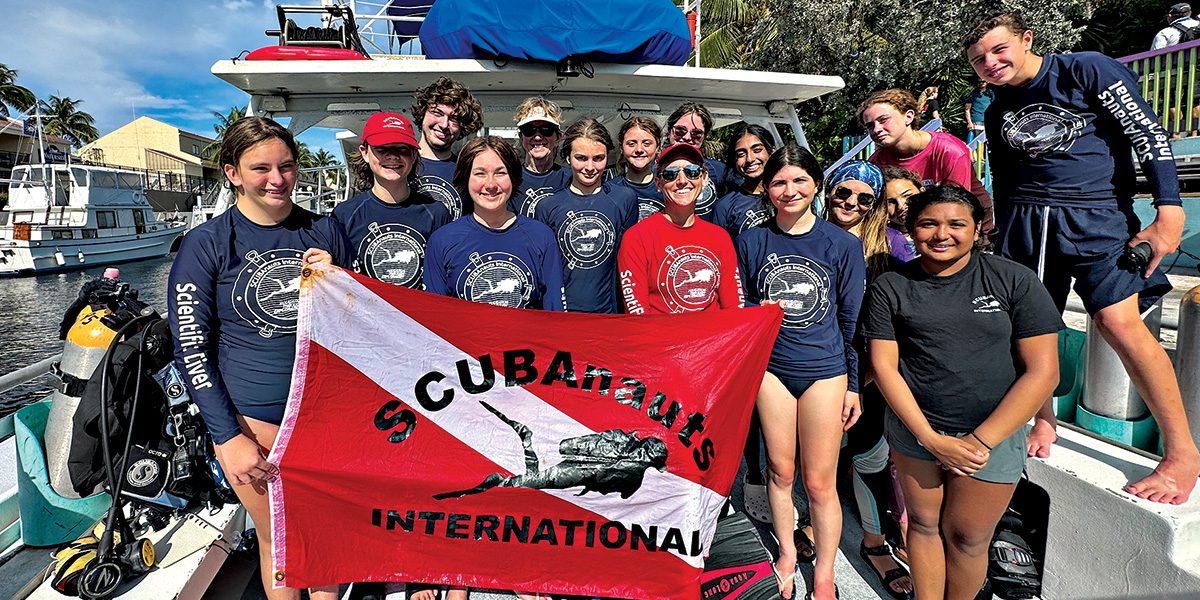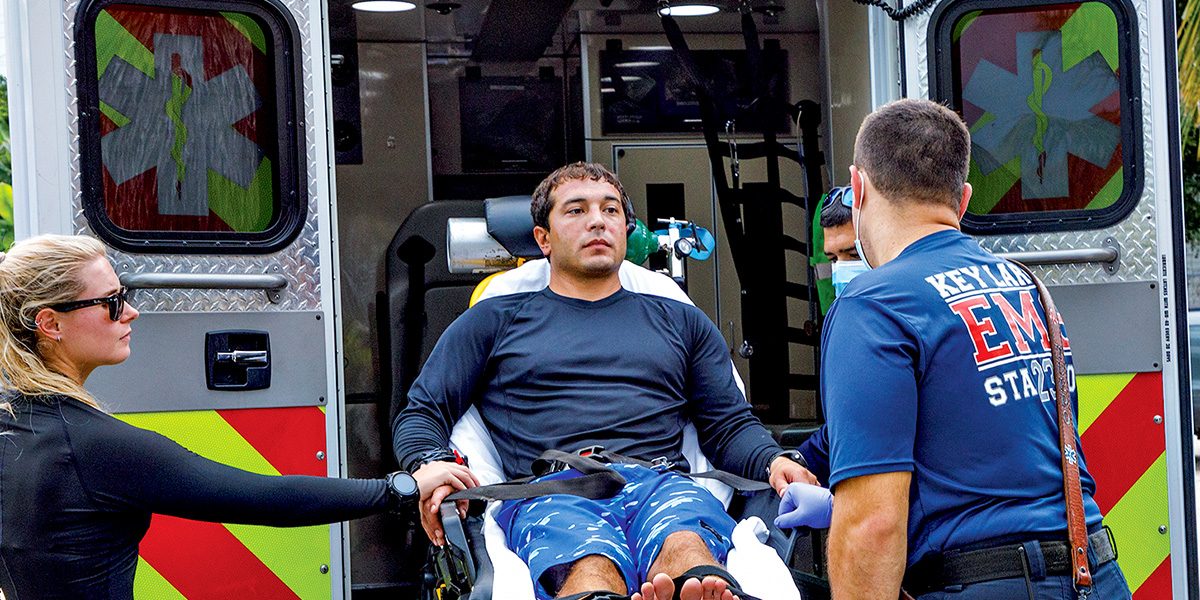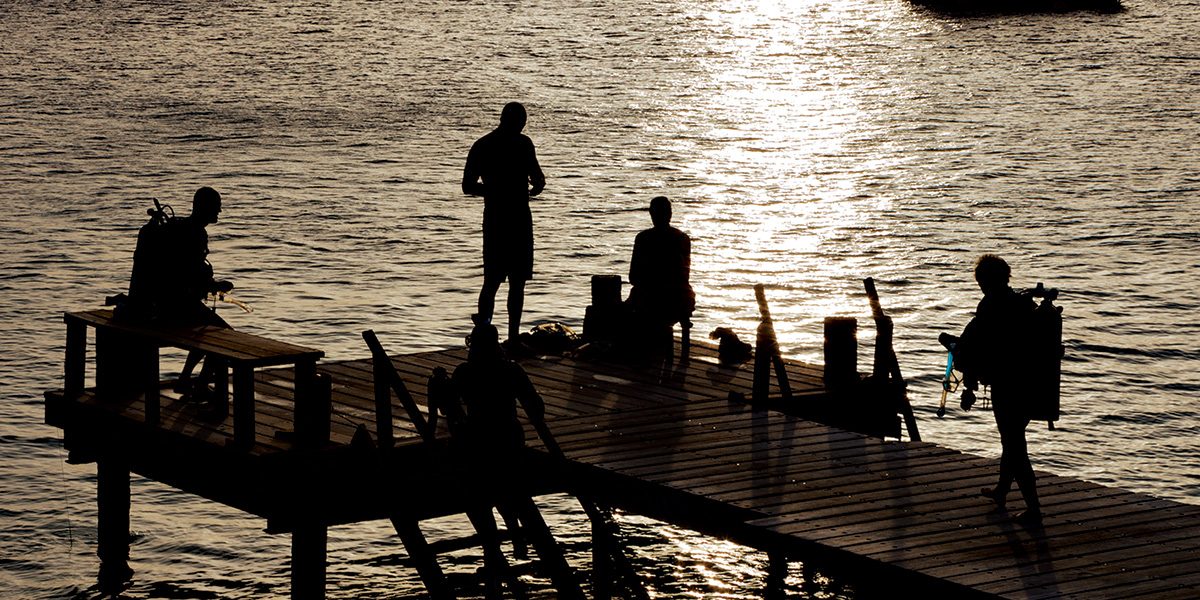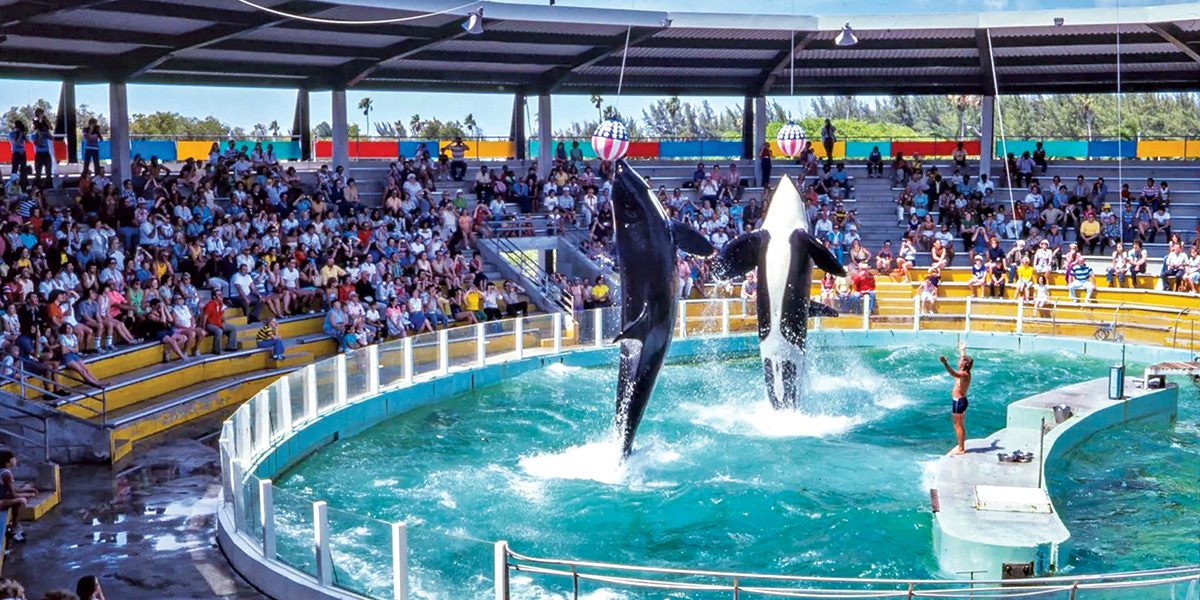FOUR SCUBA DIVERS BECAME TRAPPED and died while working in an offshore pipeline in 2022. This incident was a harsh reminder that commercial diving is a “hazardous occupation that presents many dangers that far exceed the risks in sport diving,” as highlighted in The Simple Guide to Commercial Diving. The typical risks in recreational diving, such as decompression sickness and pressure-related injuries to the ears and lungs, are still present, but commercial divers regularly face additional hazards — such as zero visibility, contaminated water, and pressure differentials — all while simultaneously operating industrial tools.
AFTER I SPENT ALMOST 20 HOURS in a hyperbaric chamber over five days, life there had grown tedious. The last 15 minutes, however, were not only exciting but highly instructive. I learned that if you don’t know what you’re doing, don’t touch anything or do anything without first asking permission.
ASK DIVERS IN THE PACIFIC NORTHWEST what makes for a great dive, and most will agree that a wolf-eel (Anarrhichthys ocellatus) is involved. There is something about the face of an adult wolf-eel staring at you from its den that turns an ordinary dive into a great one. The specific conditions don’t matter. Cold temperatures, terrible visibility, or strong currents are easy to forget when a wolfie — as we call them locally — appears.
BETWEEN NEW YORK AND BOSTON LIES HARTFORD, the heartbeat of Connecticut. Visitors there can tour the Mark Twain House, Harriet Beecher Stowe Center, and the Wadsworth Atheneum Museum of Art. Beyond the city, trees and hills make way for fresh and coastal waters teeming with macro life.
MANY JAPANESE DIVERS LOVE UNDERSEA CREATURES, particularly the home-grown varieties living in abundance along the country’s craggy volcanic coastlines and offshore islands. They also have an infatuation for the eccentric — the stranger the better.
FOR MORE THAN 20 YEARS the nonprofit marine science education program known as SCUBAnauts International (SNI) has introduced young people ages 12 to 18 to informal science education through underwater exploration. While many youth organizations exist in the dive industry, this group’s scientific rather than recreational nature and its strong foundation in dive safety give SNI a unique identity.
Lorsque vous en avez le plus besoin, DAN est là pour vous aider. Nous coordonnons les évacuations d'urgence et couvrons les frais de nos membres jusqu'à concurrence de US$500 000 par personne. Chaque membre de DAN a droit à ces services d'urgence ainsi qu'à une assistance voyage, médicale, juridique et personnelle.
Le réseau DIVERS ALERT NETWORK a publié un document de référence visant à promouvoir l'aptitude médicale à la plongée tout au long de la vie des plongeurs. Destiné aux plongeurs, aux professionnels de la plongée et aux médecins, ce document établit un calendrier pour les questionnaires médicaux et les évaluations physiques en fonction de l'âge et d'autres facteurs pertinents. Les informations sont présentées sous forme de tableau et d'organigramme pour une consultation rapide et une utilisation aisée.
Avec les feux de forêt qui font rage au Canada, en Italie, en Grèce, aux États-Unis et ailleurs, les plongeurs et les opérateurs de plongée ont appelé DAN Medical Services et DAN Safety Services pour savoir si la fumée des feux de forêt pouvait contaminer les gaz respiratoires.
SON NOM ÉTAIT TOKITAE, ce qui signifie "belle journée, jolies couleurs" en langue salish du littoral. La nation Lummi la connaît sous le nom de Sk'aliCh'elh-tenaut, qui est une référence historique à la région de Penn Cove, où elle a été capturée avec d'autres jeunes orques résidentes du sud (Orcinus orca) en août 1970 près de l'île de Whidbey, dans l'État de Washington, alors qu'elle était âgée d'environ 4 ans.
